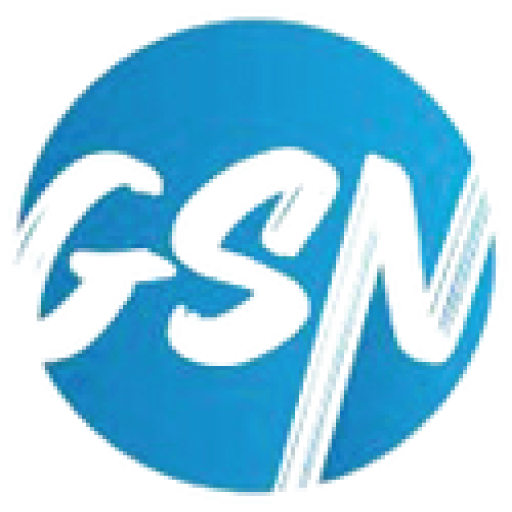The panorama of customer choices inside the United States has been steadily evolving, with a notable surge in the hobby toward saving emblem merchandise. According to the latest comprehensive record through Circana, non-public-label brand sales within the U.S. experienced a notable 6% year-over-month growth, achieving a superb $217 billion in 2023. However, despite this giant increase in sales, the upward thrust in private-label unit sales has been noticeably modest, registering a 0.9% growth year-over-year.
US private label sales
A key finding of the report is the dominance of individual brands over their brand counterparts. In 2022, non-public label manufacturers accounted for 24.7% of general unit revenue, which rose to 25.5% by the end of 2023. This change was particularly pronounced in some industries, including food and shelf-stable beverages, refrigerated foods, beauty, and home products, where proprietary manufacturers have increased the unit percentage well.
Interestingly, the demographic fragmentation of private labels slows down changing consumer behaviour. Childless millennials and Gen Xers accounted for more than a third (36%) of revenue generated by self-label food and beverage brands, while households with children accounted for nearly 35% of that revenue. another, as the report reveals
Circana’s findings support previous studies showing consumers are increasingly turning to private-label brands. A survey by Food Industry Affiliate FMI in October showed that fifty-four percent of consumers intend to buy new products from non-official labels, while the weakest 26% buy from brand labels, recent data from the Private Label Manufacturers Association shows. Public brands accounted for more than a fifth of grocery store sales the year before, marking a new note for the category.
Beyond the world of meals, Circana’s file also unveils the increasing impact on personal-label brands in other sectors. Notably, splendour private labels saw a 0.3% growth in unit proportion, at the same time as popular products and domestic classes witnessed an increase through zero.6 factors and one factor, respectively.
Despite the obvious increase in sales, the record shows a plateauing trend in terms of unit income. While private-label brand sales soared from $157.2 billion in 2019 to $216.8 billion in 2023, unit sales peaked in 2020 at 57.1 billion before stabilizing around fifty-three billion in subsequent years.
Mary Ellen Lynch, CEO of Center Store Solutions in Circana, says the trend is due to conservative consumer behaviour amid rising prices. She notes that consumers, particularly Millennial Gen X households with children, are adopting strategies to optimize spending on children
In response to this growing demand for private-label products, retailers have actively capitalized on the trend. Retail giant Target, known for its diverse portfolio of private-label brands, launched two new brands this year: Dealworthy, which focuses on basics, and Gigglescape, which caters to the toy segment and its accessories The growing private-label home furnishings company capitalized on the interest and revamped the Up&Up brand of home essentials.
Macy’s, like any other outstanding player in the retail landscape, has launched into a similar trajectory by launching its private-label brands. Last July, the department unveiled On 34th, a girls’s apparel emblem presenting an extensive range of products. In February, Macy’s introduced its loungewear and sleepwear logo for girls, State of Day, further increasing its personal-label services.
The trajectory of private-label manufacturers inside the retail market keeps ascending, pushed by shifting patron choices and strategic initiatives with the aid of shops. As the competition between private-label and call-brand merchandise intensifies, shops need to stay agile in catering to evolving patron demands to hold their competitive position in the marketplace.
Read about: What to Expect at… Food & Drink Expo 2024


